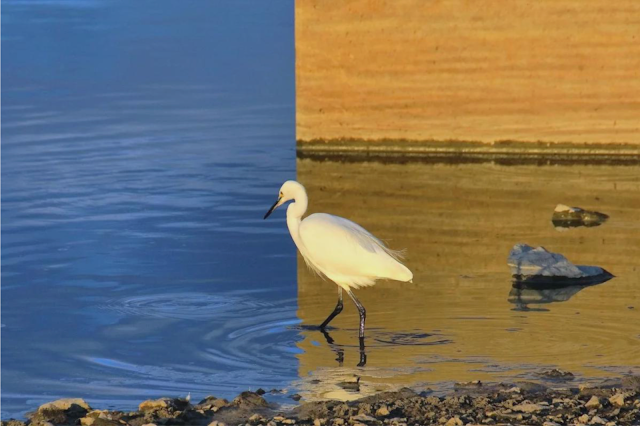A dealer or trader in a commodity. The Random House Dictionary states the ultimate origin is from the Latin "mango", meaning .... salesman! ["Death of a mango?"]
"Monger" was once used as a verb, but it now is typically only employed as the second element of compound words. My OED says examples of such formations are "unlimited", with examples beginning in the 13th century: hay-mongers, holy-water mongers, insect-mongers (?) etc. The most familiar would likely be cheesemonger, costermonger (fruit/veggies), fishmonger, ironmonger, and whoremonger.
As the last-named example suggests, the OED notes that
from the 16th century onward, the term nearly always carries the implication of a petty, disreputable, or comtemptible trade in the material - as in the modern "rumor-monger" "gossip-monger" and "scandal-monger."
Here is a costermonger:

...and there is a fearmonger at the end of this brief [2008] video:
Reposted to add yet another example:
Cartoon by Rob Rogers in the
Pittsburgh Post-Gazette, via the political cartoon-laden
Jobsanger.
Reposted from the last election cycle to add some examples of current fearmongering:
The Democratic party went through a heart-wrenching primary process, during which the voters ultimately rejected the radical left in favor of a moderate Joe Biden. But the Wisconsin Republican Party combined Biden with images of their standard behemoths of radicalism to claim that they control him.
And Trump is using this same tactic:
“What does that mean?” Ms. Ingraham asked. “That sounds like conspiracy theory.”
“No,” Mr. Trump answered. “People that you haven’t heard of. They’re people that are on the streets. They’re people that are controlling the streets. We had somebody get on a plane from a certain city this weekend, and in the plane, it was almost completely loaded with thugs wearing these dark uniforms, black uniforms with gear and this and that. They’re on a plane.”
This is not conventional confrontational politics. These are the ramblings of a deranged mind.
Reposted from 2020, because Donald Trump is at it again. But this time his fearmongering tactic isn't directed towards Biden but towards.... LANGUAGES???
“
We have languages coming into our country. We don’t have one instructor in our entire nation that can speak that language,” Trump said before a crowd of thousands of supporters at the Conservative Political Action Conference outside Washington, D.C., last month.
“These are languages — it’s the craziest thing — they have languages that nobody in this country has ever heard of. It’s a very horrible thing,” he added.
Trump repeated the comment the following week during an appearance at the southern border alongside Texas Gov. Greg Abbott, saying that migrants are entering the country speaking “truly foreign languages.”
“Nobody speaks them,” he said after a tour of the border in Eagle Pass.
It is certainly true that uncommon languages are coming into our country. Some of you will have seen John Farrier's recent post at
Neatorama: "Of the 700 Speakers of Seke, a Nepalese Language, 150 Live in Two Apartment Buildings in Brooklyn."
We all know what's going on here. He's not referring to some exotic Czechoslovakian or Slovenian dialect. His reference is to languages spoken by brown-skinned or African residents. This speech was a
dog whistle to the racist and xenophobic elements in his base.
I know there are sensible and well-spoken Trump supporters who have been faithful readers of this blog. I invite you to offer any explanation I've overlooked as to why migrants speaking "truly foreign languages" is a "very horrible thing."



































